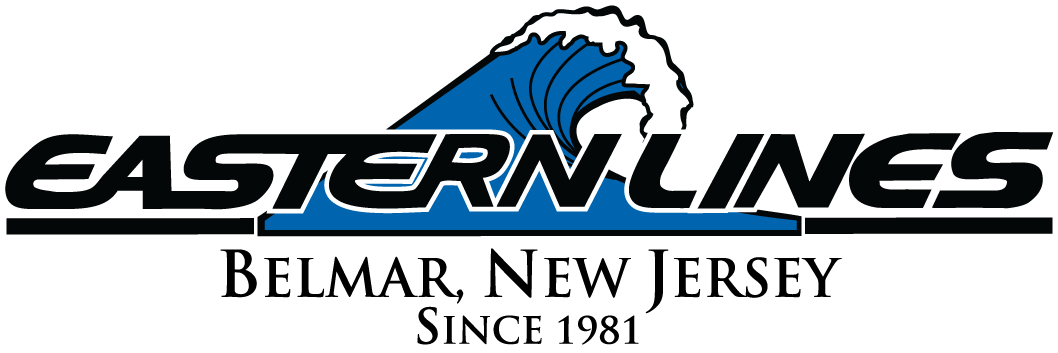Having worked in a Surf Shop for many years, these are very familiar questions.
Why do I need a leash?What size leash should I get?
What is the difference between all these leashes?
How thick should my leash be?How do I attach it to my board?
The modern surfboard leash was developed in California in the early 1970’s. The first leashes were made of surgical tubing with a suction cup that was placed on the nose and a strap placed on your wrist. We figured out pretty quickly that this really wasn’t the best idea (it’s pretty hard to paddle with a leash attached to your wrist)!
Next came the bungie cord with a leather strap that attached to your ankle. This worked out much better, except that when you lost your board and the cord stretched out, the board came rocketing back at you, warp speed!
The modern leash is a greatly advanced device, a solid urethane cord, attached to a padded cuff and railsaver with swivels to prevent tangling.Leashes help keep you attached to your surfboard. Your leash allows you to fall on a wave, or bail your board when you’re in a difficult position in the impact zone. After you surface, you are then able to recover your board and get back out into the line-up. Without a leash you’re forced to swim and retrieve your board wherever it ends up. Most times, your board ends up on the beach or on the rocks. Besides the inconvenience of having to swim for your board, and the loss of time when you could be riding waves, losing your board can also be dangerous to other swimmers and surfers.
Leashes are NOT a safety device! They were designed for convenience…… words of warning……. You are in the Ocean, there is no substitute for good swimming ability. If you look at the waves and don’t feel confident to swim alone without your surfboard, DON’T GO OUT!
Another good reason to use a leash – Performance. In almost all conditions, falling off your board or losing your board is a pretty common part of any session. Your leash allows for quick recovery of your board. The quicker you get back on your board, the quicker you get back out and get another wave.Reefs are also a pretty good reason to wear a leash. Reefs are often very shallow, very sharp and dangerous. Often, the only thing that separates your flesh from razor sharp reef is your board. You really don’t want to lose your board under these circumstances. Not only will you get all torn up, but expect the same or worse for your board.
OK, you realize the value of a leash. How do you grab the right one for you? The basic formula to stick to, is to make sure that the leash is at least the length of your board. The less experience you have, the longer your leash should be. If you’re riding a 7 foot board and still learning to control it, then make sure your leash is at least a foot longer then your board. Keep in mind that most leashes are really about 6 inches longer then the sizes listed, because the manufacturers only count the length of the actual cord, not including the railsaver and strap. Be sure to ask the Staff at the Shop about the features, length and thickness before you buy. We’ve probably sold a Zillion leashes and hopefully have the right answers for your questions.
Some more thoughts on leashes:Thickness translates to strength. “Comp” leashes (competition) are very thin. This means less drag, and also much less strength. If you aren’t sure…… go stronger.Swivels are there to keep the leash from tangling. Check them out. There are hi-performance swivels and very basic swivels. Choose the best leash your can afford.Cuffs are “key”. Look at the cuff. How easy is it to get into and out of? How durable and comfortable is it? Most cuffs also contain a key pocket to keep your key with you!Rail-savers are also worth a look. Is the rail-saver detachable? How long and thick is it? The bigger and heavier duty the rail-saver is, the stronger, but also creates more drag.One more thing to remember! Now that you have a good leash, remember that when you wipe out, your board will be really close to you when you surface. Always come up to the surface with your arms or hands in front of your face. That will greatly reduce the chances that your board could hit you in the face!
One last thing……. Be responsible! If you let go of your board you’re endangering everyone else around you. You must do your best to control your equipment. Always try your best to hold on to your board. If you just let go of your board, it very likely could hit someone else and possibly injure them.Go Surfing and Have Fun!!!!

